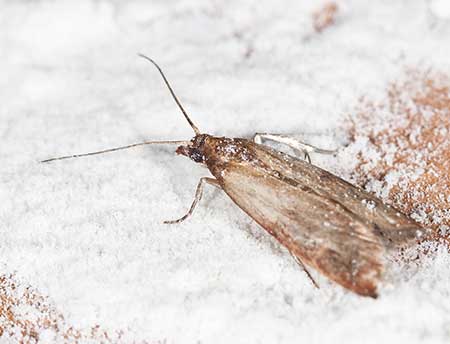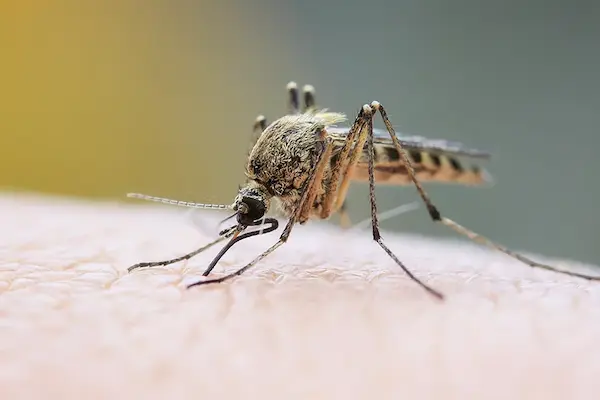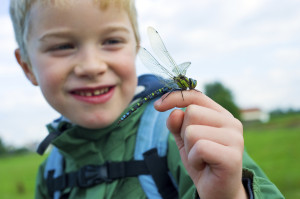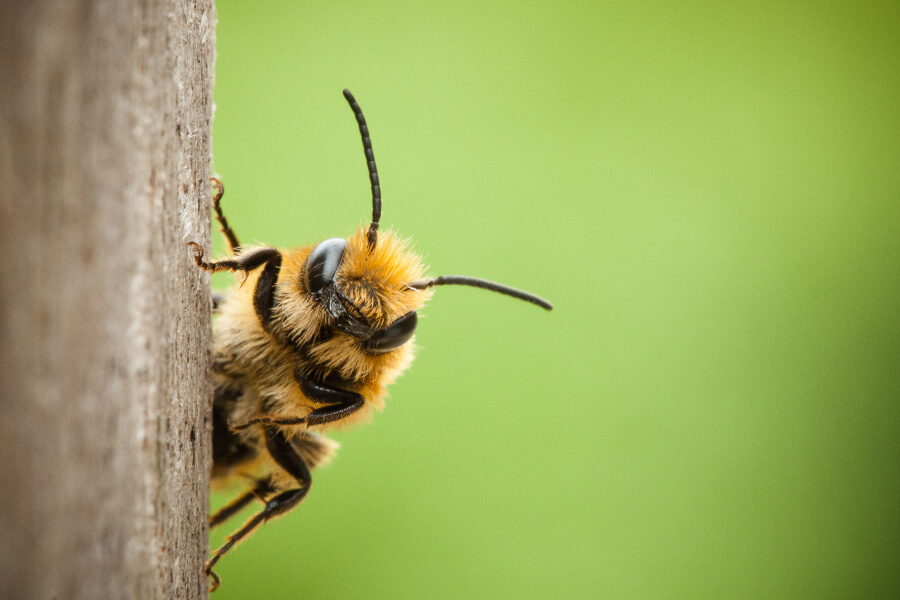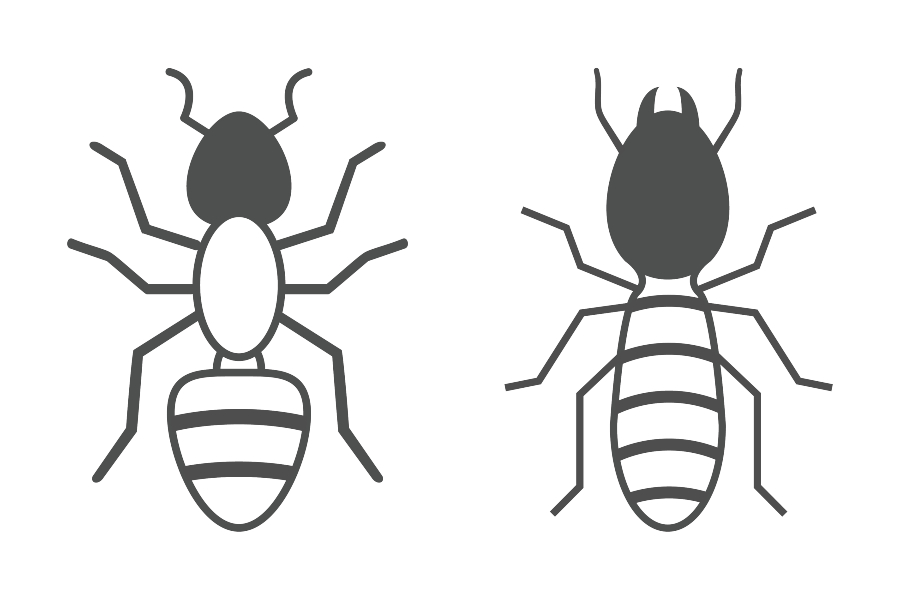Are there fire ants in middle Tennessee and Murfreesboro?
I am asked frequently if fire ants are found in middle Tennessee. The short answer to that question is Yes! The first documented case of imported fire ants in Tennessee was back in 1987 in Hardin County. Since then, the fire ants have been spreading across the state at a rapid pace. Each year since 2001 when we started The Bug Man, we have seen increased activity and had increased customer calls requesting fire ant control.
Fire ants have been found in the Murfreesboro, Smyrna, and Christiana this past week and they are active! We have sited them at local parks and sports complexes, in the median strips in parking lots, and even while out camping this past weekend in Oliver Spings, Tn. The imported fire ants are taking over at a rapid pace.
Fire ants are easy to locate, look for the mounds
Imported fire ant nests are easy to locate once they are built. The ants build large mounds in the soil that can be over a foot tall and two feet wide. The nests can extend into the ground up to 3 feet and spread out a few feet past the width of the visible nest. Please, Do NOT disturb these nests. A typical nest can have between 80,000 and 250,000 stinging ants in the colony! Keep children and pets away, as the fire ants are dangerous when defending their nest. When a fire ant nest is disturbed, all of the ants surface and begin to attack and sting any intruder. They will climb up a stick or other device that was used to disturb the nest and sting the one holding it. They will also swarm your feet and climb your legs, and sting! The resulting stings will cause puss-filled blisters and will last few days to weeks. This is not fun. Growing up in Florida, I know personally what it feels like to be stung repetitively by fire ants.
If you find imported fire ant mounds when out around town, please leave them be. If you locate them on you property, it is best to have them eliminated for the safety of your children and pets. This can be done professionally by The Bug Man or you can visit a local store and purchase products to do-it-yourself. If you choose the do-it-yourself option, please be sure to read and follow all label directions and be sure to wear your personal protective equipment. Be safe! I am including a link here to the University of Georgia that discusses in more detail the fire ants and the how to control them.
The video below shows what a typical fire ant nest looks like and how active they become once the nest is disturbed. We do not recommend disturbing a fire ant nest.
http://youtu.be/BXIND4LwSmE

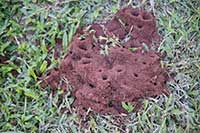
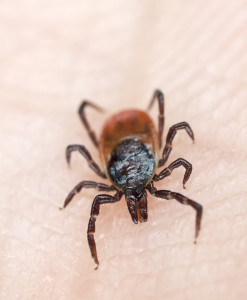
 Don’t forget about your four-legged babies, too. Please discuss tick treatment for your pets with a veterinarian. There are many treatment methods available and something that works well for one pet may not be best for the other. Cats and some breeds of dogs can be sensitive to some products. So, it is always best to check with your vet, first. Also, you will want to inspect your pets and their bedding frequently for ticks.
Don’t forget about your four-legged babies, too. Please discuss tick treatment for your pets with a veterinarian. There are many treatment methods available and something that works well for one pet may not be best for the other. Cats and some breeds of dogs can be sensitive to some products. So, it is always best to check with your vet, first. Also, you will want to inspect your pets and their bedding frequently for ticks.